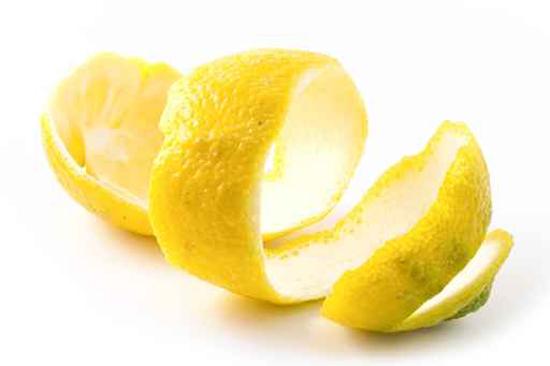copyright 2018 Art of Living, PrimaMedia,Inc
Guest Blogger: Sarah Bauer
Leonardo da Vinci was fascinated with spirals. This can be seen in the way he draws curly hair and water as nearly photorealistic. He obviously spent a lot of time studying this shape. But why would such a simple shape be so fascinating? It could be because spirals appear all the time in nature, in unexpected areas, at all scales, and they have interesting mathematical rules.
Our own galaxy is a spiral, the curl of a fern is a spiral, the wind travels in spirals, trees branch in spirals. Even the growths of flower petals and seeds follow spirals. They are everywhere in nature, and they all look surprisingly alike. There’s no clear reason for this trend, which makes its prevalence even more fascinating. One possibility is that it’s an extension of a circle or a sphere, which is the easiest shape for matter to take. Planets are spheres, and so are bubbles and many cells. Spirals follow the Fibonacci sequence, which is a sequence of numbers where the next number is the sum of the previous two numbers (1, 1, 2, 3, 5, 8, etc). This sequence is present in every life form.
At a glance, spirals appear to be complete randomness, but after studying them, it’s clear that they follow rigid patterns and part of a complex system that scales down to the size of an atom and up to the size of the universe.

These spirals are also present in cooking. Whorls in water or broth follow spirals, vegetables grow their leaves in a spiral formation. Throughout history, spirals have been a symbol of growth and evolution. Leonardo’s fascination with spirals seems to lead directly from his connection to nature. By understanding spirals one is better able to understand the proportions of nature. This interest influenced his art as well as his food.
For more on Leonardo DaVinci and his life as a foodie, follow his travels throughout Italy and recipes from the places he lived in, get your copy of The Basic Art of Italian Cooking: DaVinci Style

Join me on Sunday, February 11th at Casa Casale in Lahaska, PA in Peddler’s Village for a Carnevale lunch and cooking demo from my Gourmand World Award Winning book The Basic Art of Italian Cooking: Holidays and Special Occasions-2nd edition
Registration is limited call Casa Casale at 215-794-1474 to reserve your spot

Posted inArt Culinary Art History of Foods

